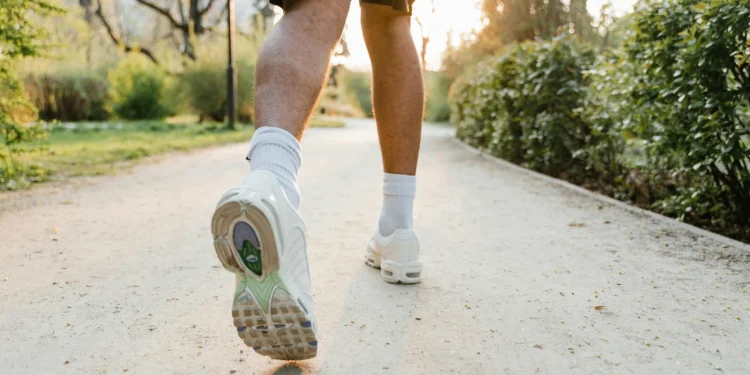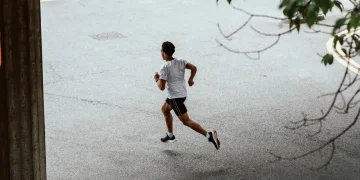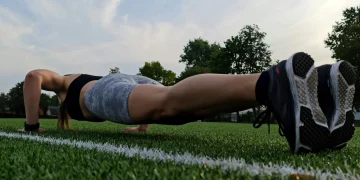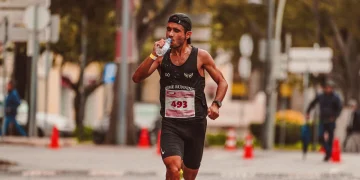Many marathon runners look to build strength during the off-season, especially if they’re aiming to improve after a less-than-satisfying race. They hit the gym and dive into routines filled with squats, deadlifts, leg presses, curls, and extensions. Strength gains usually follow, but does that newfound strength lead to faster running? Often, it doesn’t, and one major reason is that these routines overlook the lower leg.
Your calves, shins, and feet form the crucial connection between your body and the ground. If these “tires” aren’t trained alongside your “engines” – the glutes, quads, and hamstrings—your ability to transfer power efficiently can fall short. This imbalance can not only limit performance but also increase injury risk.
Tips for Effective Lower Leg Training:
- Balance specific and full-chain exercises: Include movements that isolate lower leg muscles as well as those that engage the entire leg through dynamic, full-body motions.
- Incorporate eccentric exercises: These movements, where muscles lengthen under tension, are especially important for runners and often the most challenging.
- Add ballistic or plyometric drills: Quick ground contact exercises help train your ability to land and push off efficiently – key for running performance.
Recommended Exercises:
- Foot Shortening Exercise
- Vele’s Forward Lean
- Eccentric Calf Raises (both bent and straight leg)
- Shin Walks with Dumbbells (heel walking)
- Single-Leg Hops (aim for speed – about 3 hops per second – staying on your toes)
- Box Jumps (start low and progress to knee-height; focus on quick rebound off the ground, not just height)
Before you start strength training, ensure your muscles are flexible and ready to move. Spending a week or two using a foam roller before hitting the gym can make a big difference in performance and injury prevention.






